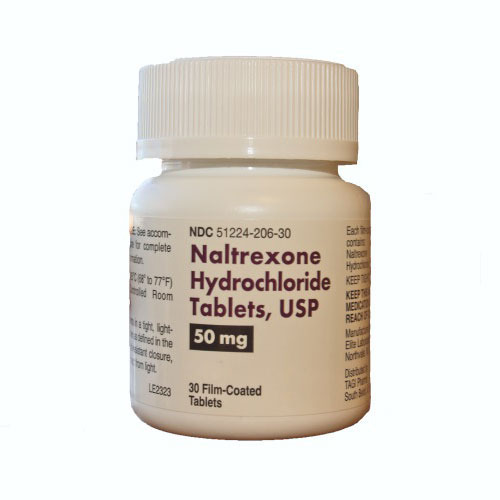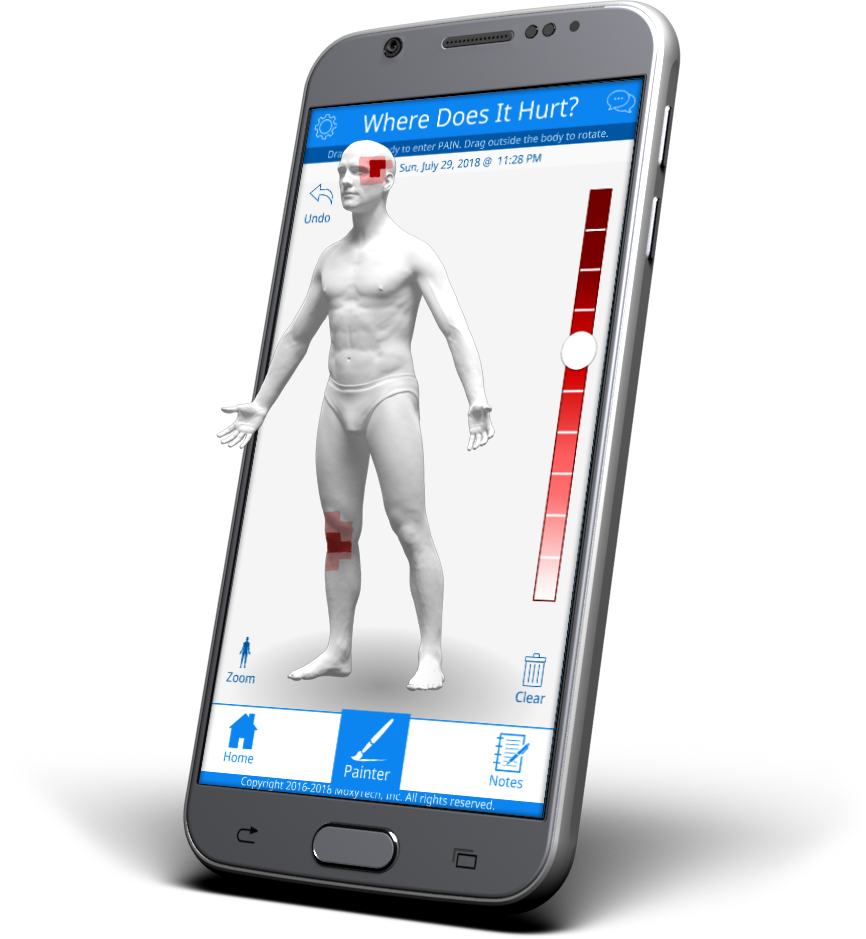Compounded Pain Creams Ineffective for Chronic Pain
/By Pat Anson, PNN Editor
Compounded topical pain creams work no better than placebo creams and should not be used to treat chronic pain, according to a new study published in the Annals of Internal Medicine.
Researchers at the Walter Reed National Military Medical Center enrolled nearly 400 people with chronic neuropathic, joint or muscle pain in the study. Some received pain creams specially compounded to treat their type of pain, while others received a placebo cream.
The compounded pain creams included a blend of FDA-approved drugs such as ketamine, lidocaine and gabapentin, or a combination of muscle relaxants and non-steroidal anti-inflammatory drugs (NSAIDs). The creams were applied to the affected areas three times a day.
One month after treatment began, researchers found no significant differences in the pain scores of patients who used the real pain creams and those who used the placebo ones.
“We found that specially formulated compounded pain creams provided little benefit in our study participants,” said lead author Steven Cohen, MD, Director of Pain Research at Walter Reed.
“Overall, the response rate was lower than that afforded by stand-alone creams shown to be effective for specific conditions, such as NSAIDs and lidocaine. Considering the increased costs of using a non–FDA-approved and regulated compounded cream rather than a single agent, we caution against routine use of compounded creams for chronic pain.”
While some of the medications in pain creams may be effective when taken orally or intravenously, Cohen and his colleagues say they are not absorbed through the skin in sufficient doses to be effective. Another drawback is their cost, which can reach thousands of dollars.
A recent report from the Office of Inspector General for the Department of Health and Human Services found that over 500 pharmacies that billed Medicare for compounded topical creams had suspiciously high costs. One pharmacy in Florida billed Medicare for $1.8 million in pain creams in 2016.
Medicare spending for compounded creams, gels and ointments has skyrocketed, rising from $13 million in 2010 to $323 million in 2016. Price hikes and a growing number of prescriptions for pain creams drove the increase, the Inspector General’s report found.
Medicare paid an average of $751 per tube of compounded lidocaine and $1,506 for a tube of the NSAID diclofenac. Non-compounded tubes of those same drugs averaged $445 and $128, respectively.
Last year the FDA said it would inspect compounding facilities to assess whether drugs that are essentially copies of FDA-approved medications could be sold commercially at less cost.





































